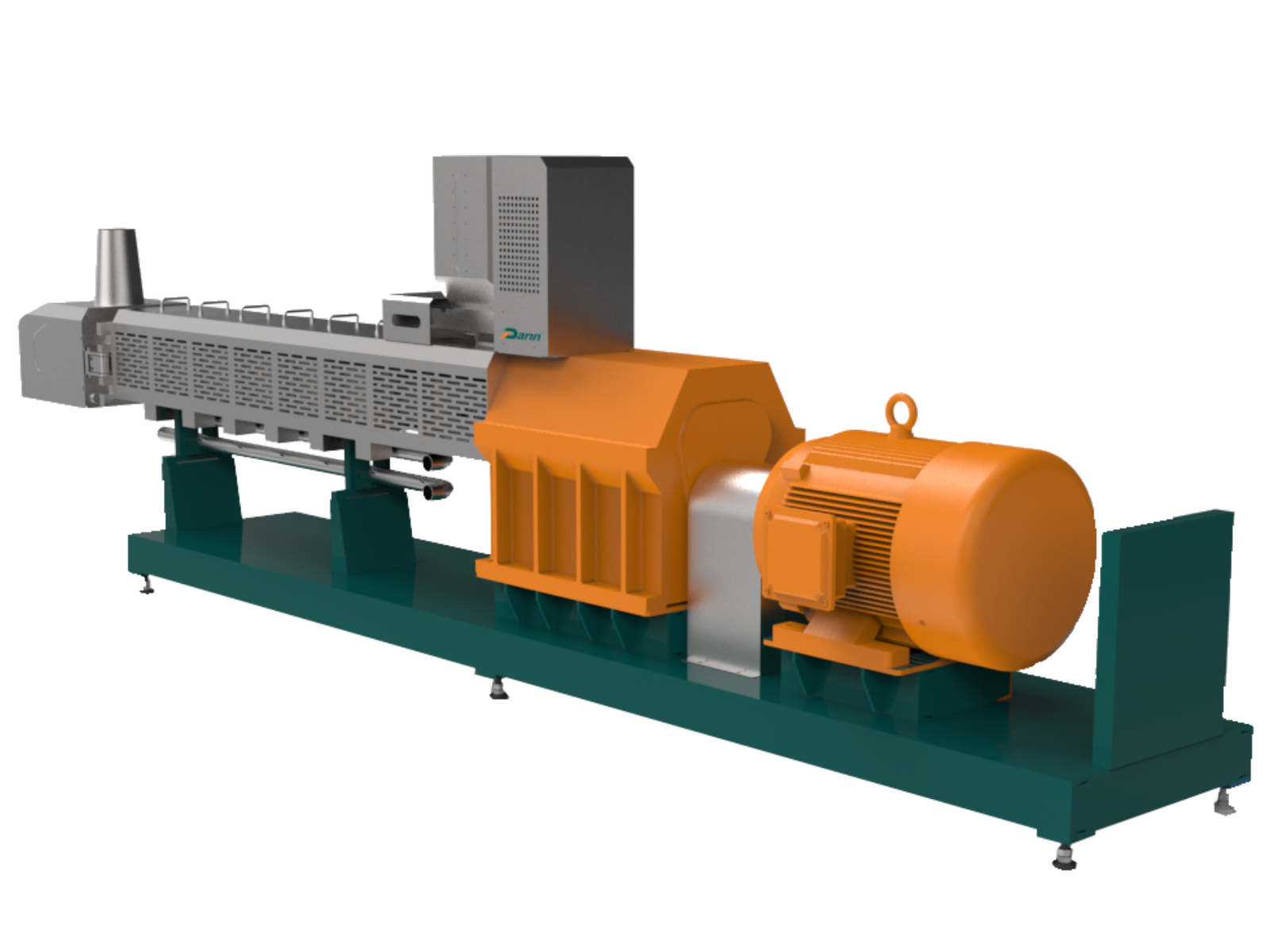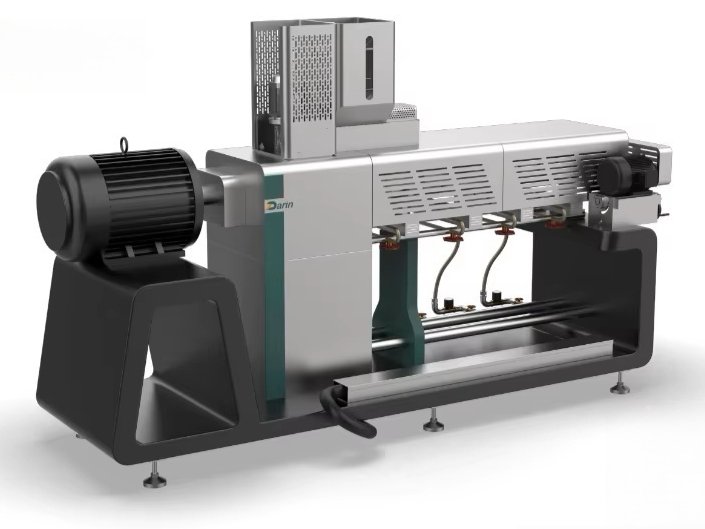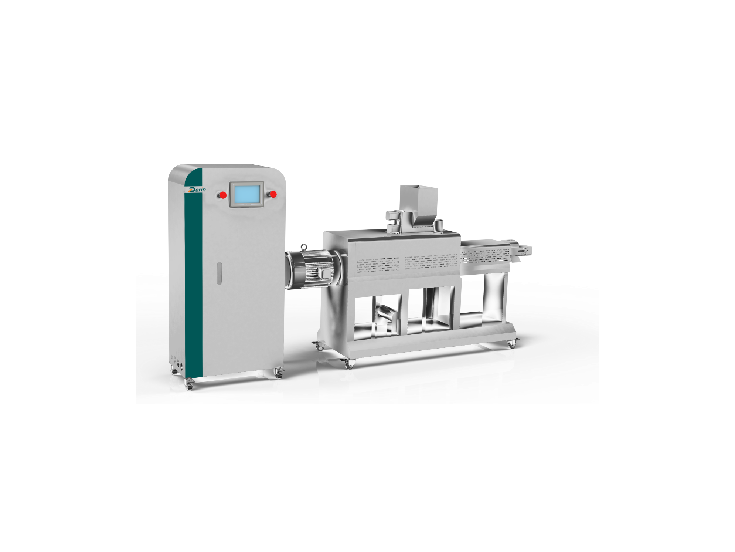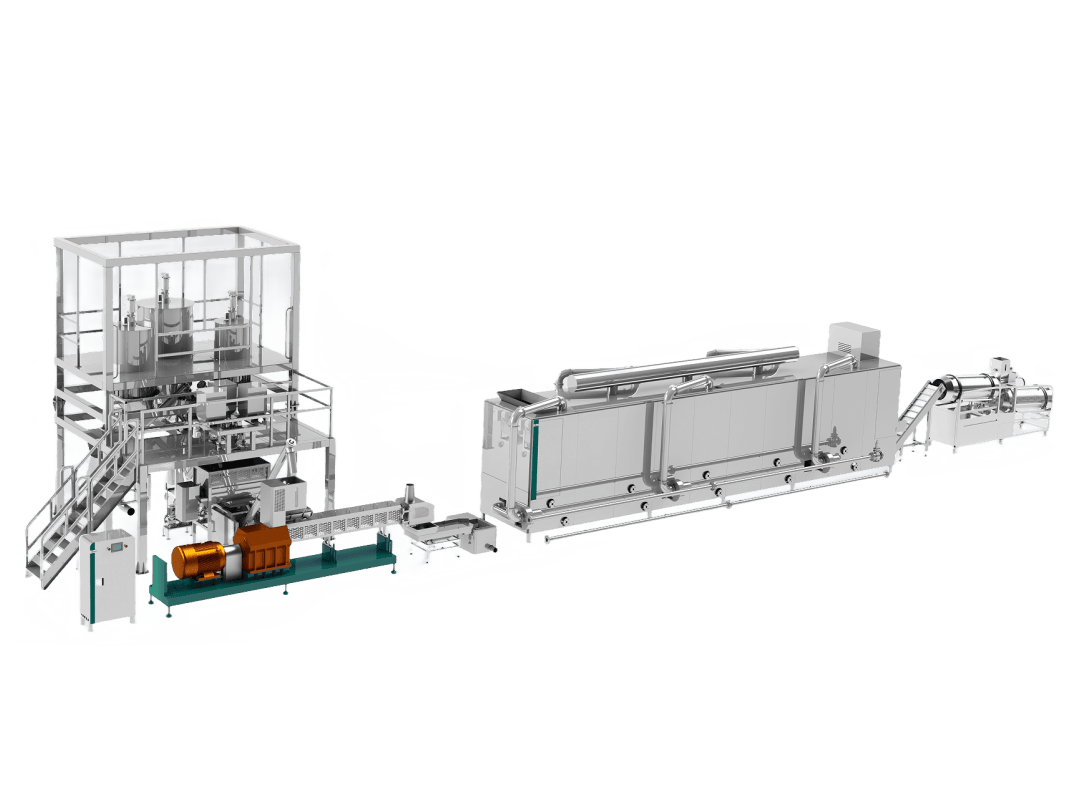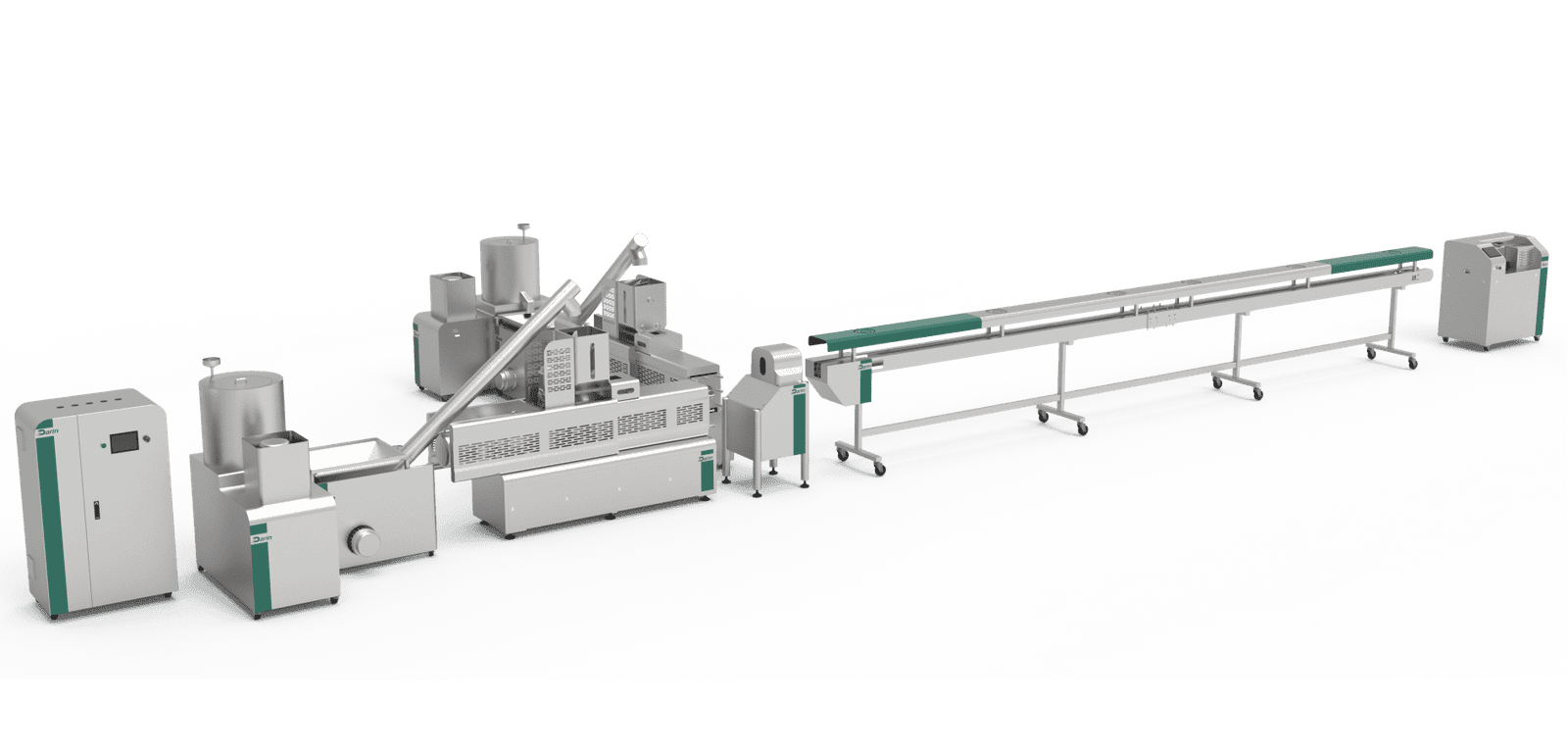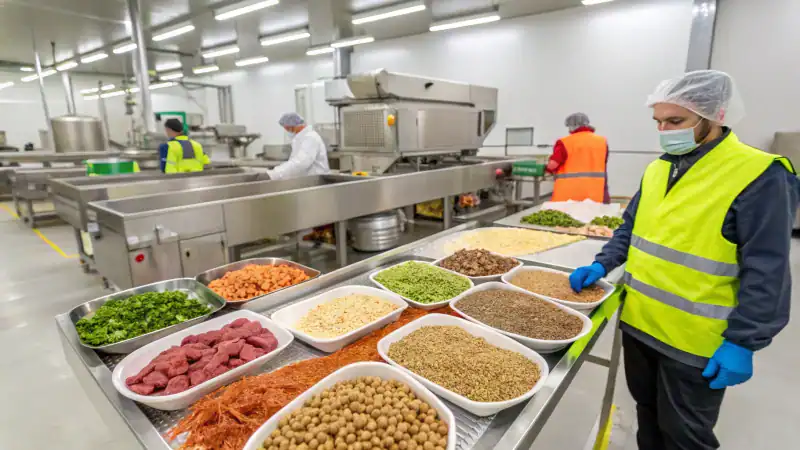
Improving the efficiency of food production has never been more critical. With the global population projected to surpass 9 billion by 2050, inefficient food systems could lead to increased hunger, food insecurity, and environmental degradation. Farmers face challenges like limited arable land, labor shortages, and unpredictable climate patterns. Failing to address these challenges may result in reduced yields, higher costs, and unsustainable farming practices. However, by leveraging advanced technologies, optimized agricultural methods, and sustainable strategies, we can significantly enhance food production efficiency and meet future demands. In this article, we will explore the most effective ways to improve food production efficiency.
The efficiency of food production can be improved through the integration of precision agriculture, advanced biotechnology, sustainable farming practices, automation, and optimized supply chains. By utilizing technologies like GPS-guided equipment, drones, genetically improved crops, smart irrigation systems, and data-driven decision-making, farmers can maximize yields, reduce waste, lower input costs, and ensure long-term sustainability.
Curious about how exactly each method works and how it can revolutionize food production? Keep reading to discover in-depth insights, practical applications, and real-world data that will help you understand how to implement these improvements in your own agricultural or supply chain operations.
Precision agriculture improves food production efficiency.True
Precision agriculture uses real-time data, sensors, and GPS technology to optimize field-level management, increasing crop yields and reducing resource waste.
The Role of Precision Agriculture in Food Production Efficiency
Precision agriculture is a technology-driven approach that allows farmers to manage their fields with pinpoint accuracy. It involves the use of GPS guidance systems, drones, satellite imagery, IoT sensors, and big data analytics to monitor and manage variability in the field. The real benefit lies in maximizing crop productivity while minimizing input costs such as seeds, fertilizers, and water.
Table 1: Comparison Between Traditional Farming vs. Precision Agriculture
| Parameter | Traditional Farming | Precision Agriculture |
|---|---|---|
| Fertilizer Application | Uniform, leading to over/underuse | Site-specific, reduces waste by 20%-30% |
| Water Usage | Fixed schedules, often excessive | Smart irrigation, saves 30%-50% water |
| Pest Control | Blanket spraying | Targeted pest management, reduces chemicals |
| Crop Yield Monitoring | Manual, limited accuracy | Real-time data collection, 10%-15% yield boost |
| Labor Requirement | High | Reduced due to automation and analytics |
In one case study conducted in the United States, farmers adopting precision agriculture reported a 15% increase in crop yields, while input costs dropped by nearly 20%. This approach reduces not only financial burdens but also the environmental footprint of farming.
Biotechnology and Genetically Improved Crops
Biotechnology, particularly in the form of genetically modified (GM) crops, is another key driver for improving food production efficiency. GM crops are engineered for traits such as pest resistance, drought tolerance, and improved nutritional content. For instance, Bt cotton and Bt corn have built-in resistance to certain pests, reducing the need for chemical pesticides and increasing yields.
Chart 1: Yield Increase in GM vs. Non-GM Crops (Data: Global Averages)
Studies show that GM crops can lead to a 22% increase in yields, a 37% reduction in pesticide use, and a 68% increase in farmer profits. Moreover, drought-tolerant crops like GM maize can ensure stable production even under adverse climatic conditions, ensuring food security.
Automation and Robotics in Agriculture
Labor shortages and rising labor costs are significant hurdles in food production. Automated machinery and agricultural robots (AgriBots) play a vital role in enhancing productivity. These machines handle tasks like planting, weeding, harvesting, and even quality control, reducing dependency on manual labor.
Table 2: Impact of Automation in Various Farming Stages
| Farming Stage | Traditional Method | Automated Method | Efficiency Gain |
|---|---|---|---|
| Planting | Manual seeding | Automated planters | 25%-30% faster |
| Weeding | Manual or chemical-based | Robotic weeders | 60% less herbicide use |
| Harvesting | Manual labor | Autonomous harvesters | Up to 40% faster |
| Quality Control | Visual inspection | AI-powered image recognition | 95% accuracy |
For instance, John Deere's self-driving tractors and Fendt's Xaver planting robots are already transforming fields, operating with minimal human intervention, and ensuring consistent performance.
Sustainable Farming Practices: Conservation and Regenerative Methods
Sustainable agriculture is vital for long-term food production efficiency. Practices like crop rotation, cover cropping, reduced tillage, and integrated pest management not only improve soil health but also boost yields over time. Regenerative agriculture, which focuses on rebuilding organic matter and restoring degraded soil biodiversity, has gained significant momentum.
Chart 2: Long-Term Yield Stability of Conventional vs. Regenerative Agriculture (10-Year Study)
Farmers adopting regenerative practices report more stable yields over the long term, improved drought resilience, and reduced dependency on chemical inputs. This ultimately leads to higher profitability and environmental sustainability.
Smart Supply Chain Optimization
Improving food production efficiency doesn’t end at the farm. Supply chain inefficiencies often result in significant food loss, particularly in developing countries where up to 30%-50% of produce never reaches consumers. Implementing cold chain logistics, blockchain-based traceability, and predictive analytics can minimize these losses.
For example, Walmart’s blockchain pilot project reduced food traceability time from seven days to just 2.2 seconds, ensuring fresher products reach consumers and minimizing waste.
Real-World Case Study: Precision Agriculture in Australia
In Australia, one of the world's leaders in agricultural technology adoption, precision agriculture techniques have been widely implemented across wheat and canola farms. The use of variable rate technology (VRT) for fertilizer application and GPS-controlled machinery resulted in:
- A 12% increase in wheat yield
- A 25% reduction in fertilizer usage
- Overall operational cost savings of 18%
This case demonstrates how technology, when integrated correctly, can have measurable impacts on both productivity and profitability.
Conclusion
Enhancing food production efficiency is essential for feeding a growing population sustainably. Leveraging precision agriculture, biotechnology, automation, sustainable practices, and smart supply chains offers a multifaceted solution to current agricultural challenges. Each method complements the others, creating a comprehensive approach to modern farming.
Contact Us for Expert Guidance
If you’re ready to transform your food production process and want tailored solutions to boost efficiency, contact us today. Our team of agricultural technology experts and supply chain specialists is here to help you implement the best practices and technologies suited for your operation. Let’s build a more sustainable and profitable future together!
FAQ
Q1: How can automation improve food production efficiency?
A1: Automation enhances food production efficiency by reducing manual labor, minimizing human errors, and ensuring consistent product quality. Automated systems streamline processes like ingredient handling, packaging, and quality control, leading to faster production cycles and lower operational costs.
Q2: What role does predictive maintenance play in food production efficiency?
A2: Predictive maintenance helps prevent unexpected equipment breakdowns by monitoring machinery conditions in real-time. By addressing potential issues before they cause downtime, manufacturers can maintain smooth operations, extend equipment lifespan, and reduce repair costs.
Q3: How can lean manufacturing principles optimize food production?
A3: Lean manufacturing principles focus on eliminating waste, improving workflow, and maximizing value. Implementing techniques like just-in-time inventory, standardized work procedures, and continuous improvement processes can significantly enhance efficiency and reduce production costs.
Q4: Why is staff training essential for improving food production efficiency?
A4: Well-trained staff are crucial for operating machinery correctly, adhering to safety protocols, and identifying areas for improvement. Regular training ensures employees are skilled, knowledgeable, and aligned with the latest production techniques, contributing to higher efficiency and fewer errors.
Q5: How does data analysis contribute to food production optimization?
A5: Data analysis enables manufacturers to monitor production metrics, identify inefficiencies, and make data-driven decisions. Analyzing real-time data helps optimize resource usage, adjust production schedules, and improve overall process performance, leading to better productivity.
References
- Improving Efficiency in Food Manufacturing - https://www.foodengineeringmag.com/articles/99152-improving-efficiency-in-food-manufacturing - Food Engineering
- The Role of Automation in Food Processing - https://www.foodprocessing.com/articles/2021/the-role-of-automation-in-food-processing - Food Processing
- Lean Manufacturing in Food Industry - https://www.manufacturingglobal.com/technology/lean-manufacturing-in-food-industry - Manufacturing Global
- Predictive Maintenance in Manufacturing - https://www.plantengineering.com/articles/what-is-predictive-maintenance - Plant Engineering
- Best Practices for Employee Training in Food Manufacturing - https://www.foodsafetytech.com/news_article/best-practices-for-training-food-manufacturing-employees - Food Safety Tech
- Data-Driven Food Production Optimization - https://www.foodqualityandsafety.com/article/how-big-data-is-changing-food-manufacturing - Food Quality & Safety
- Reducing Waste in Food Production - https://www.packagingstrategies.com/articles/92714-reducing-waste-in-food-production - Packaging Strategies
- Key Strategies to Boost Manufacturing Efficiency - https://www.industryweek.com/operations/article/21172488/key-strategies-to-boost-manufacturing-efficiency - Industry Week
- How to Implement Lean Manufacturing Successfully - https://www.themanufacturer.com/articles/how-to-implement-lean-manufacturing-successfully - The Manufacturer
- Technology Trends in Food Processing - https://www.fooddive.com/news/technology-trends-in-food-processing - Food Dive


